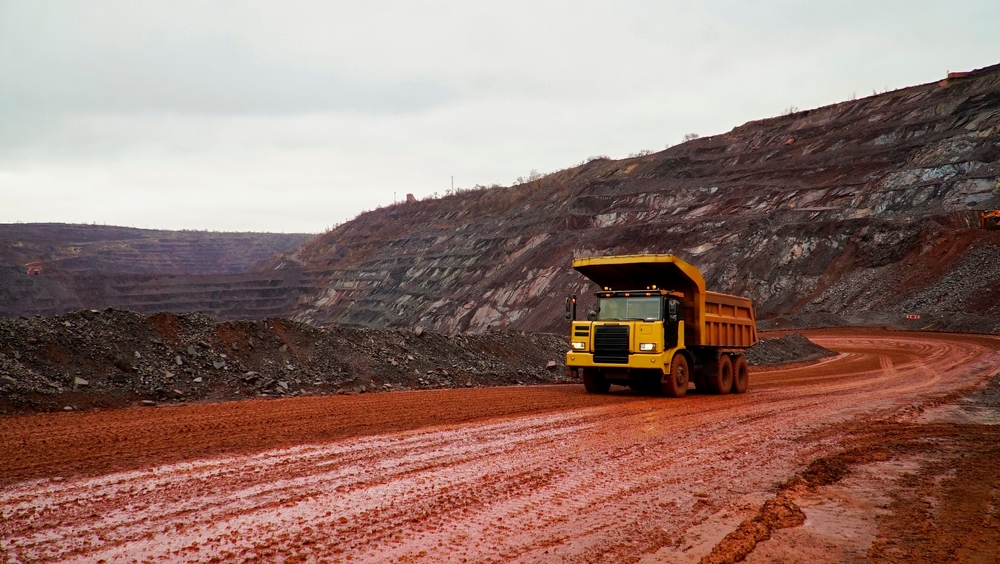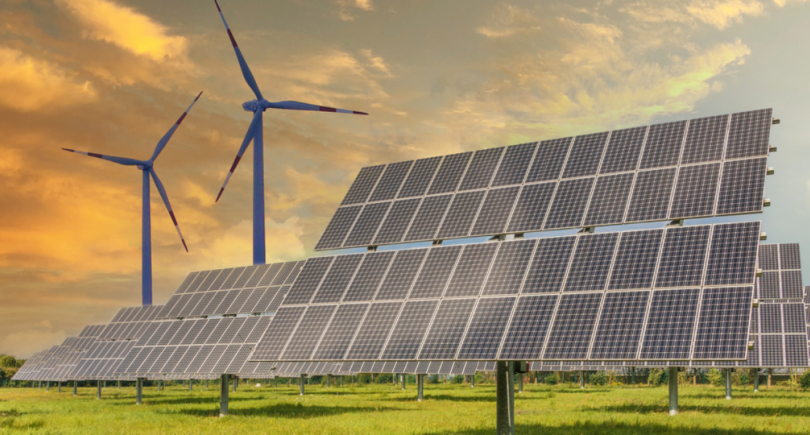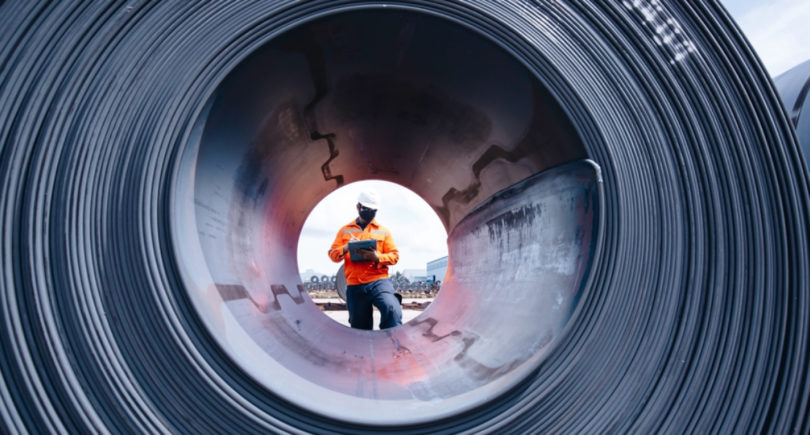
News Global Market iron ore 3210 21 February 2024
The indicator improved thanks to the growth of steel production in China
Global iron ore trade in 2023 increased by 5% compared to 2022 – to 1.59 billion tons. The improvement was facilitated by a slight increase in steel production amid the absence of any clear policy to limit production by the Chinese government. This is evidenced by SteelMint data.
Of the total exports of iron ore in 2023, 855 million tons were exported to Australia, which is 1% less than in the previous year. The country ranks first among exporters with a share of 54% in global iron ore exports. Brazil, the second largest exporter of iron ore, accounted for 24% or 380 million tons of seaborne exports (+10% y/y). South Africa is in third place with 59 million tons (+2% y/y).
Exports of iron ore from India increased by 177% y/y – to 44 million tons. Sweden increased its iron ore exports by 44% y/y – to 34 million tons last year as it is a supplier of high-quality raw materials. Ukraine exported 18 million tons of iron ore, down 26% compared to 2022.

Global iron ore consumption, according to BigMint, amounted to 2.51 billion tons compared to 2.25 billion tons in 2022 (+12% y/y).
The main factors behind the increase in iron ore trade are China’s increased imports and increased exports from India and Brazil.
Last year, China increased its imports of iron ore by almost 7% y/y amid an increase in steel production. In addition, domestic production of raw materials in the country declined, and stocks in ports were declining.
Indian exports reached a 3-year high of 44 million tons. This was facilitated by the government’s decision to abolish 50% export duties on all ore grades and 45% on pellets in November 2022. Brazilian exports also increased as one of the largest mining companies, Vale, increased production by 4.3% y/y.
In 2024, the global ore trade will directly depend on China, as the world’s major mining companies have not adjusted their production plans downward.
As GMK Center reported earlier, global direct reduced iron (DRI) production in 2023 increased by 7.4% compared to 2022 – to 135.51 million tons from 126.16 million tons a year earlier. India accounted for more than 36% of the total DRI production.



